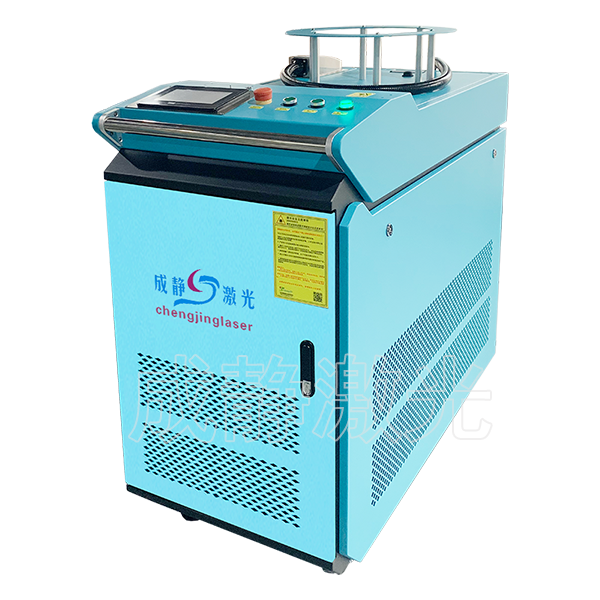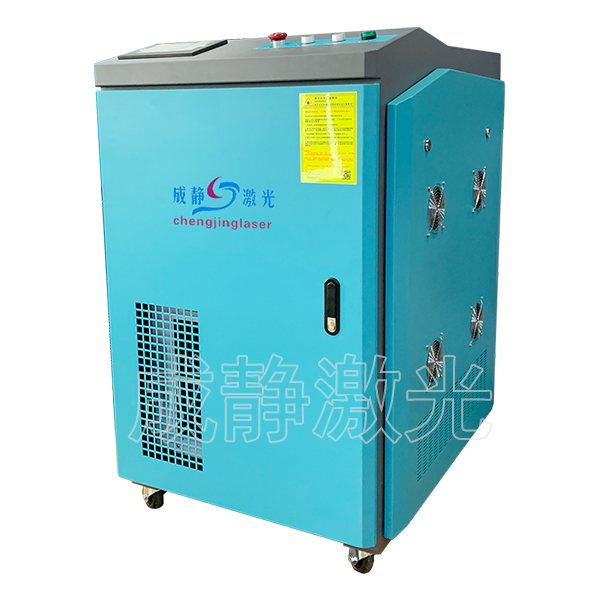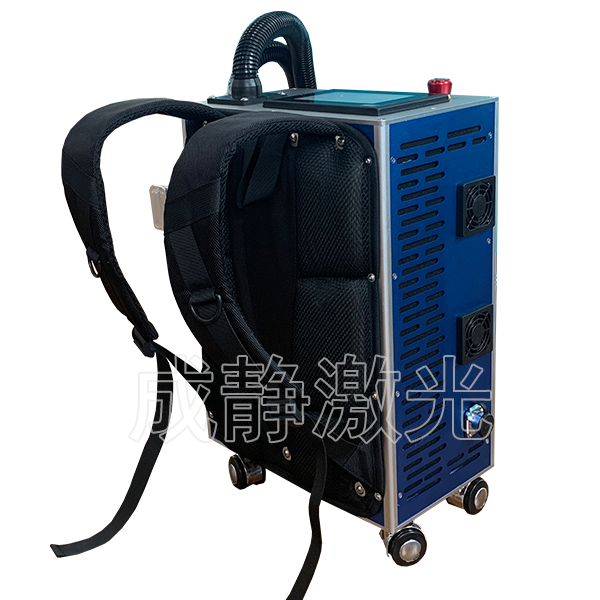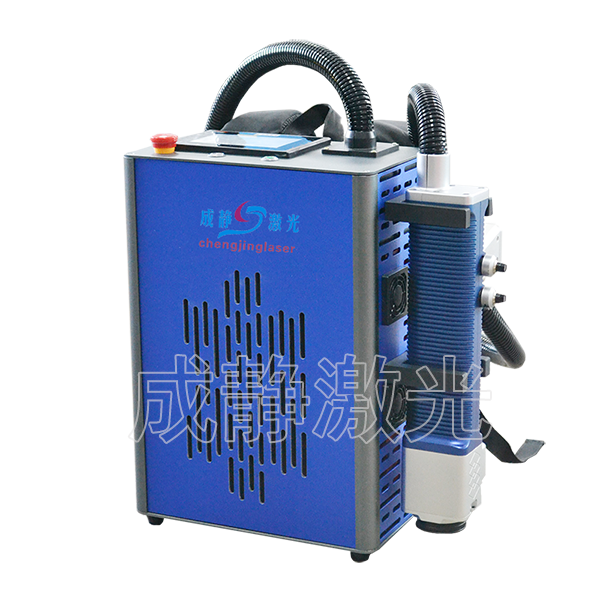Laser cleaning solutions for cultural relics restoration
Providing increasingly high-precision clean technologies for the protection of cultural heritage - there is a growing demand for technologies that offer greater selectivity while minimizing the impact on the original structure of artworks.
The laser proposes a solution to this requirement because it provides the operator with a completely new tool that can be integrated with current physical and chemical means. Therefore, the laser meets the growing demand due to new regulations and the increasing technical adaptability of the use of lasers by public institutions to protect cultural heritage. Thanks to ongoing research, the range of applications on different materials is becoming wider and wider. The use of lasers on the stone surfaces of individual monuments and the surfaces of historic buildings is now recognized by the industry and has become a widely accepted restoration process.
Cleaning the surfaces of historical artifacts and art with laser technology has four main advantages:
1. Minimize intrusion
There is no physical contact between the laser device and the surface to be treated. This allows manipulation on extremely fragile or easily altered surfaces, even before solidification. Secondly, acting directly on the surface, the laser does not require any additional bonding materials or chemical additives.
2. High degree of control
The peel-off deterioration layer can be measured in this way - a single pulse involves only a few micrometers of thickness, which allows the repair to reach a depth with extreme accuracy.
3. Selective
The principle of laser cleaning is that the different light absorption coefficients of various materials depend on the color of the material. In most cases involving black or very dark colors, the deteriorating layer to be removed absorbs light completely, which allows the laser removal process to be completed almost instantaneously. Vice versa, the substrate of the material to be preserved, usually a lighter hue, largely reflects the incident ray, thus limiting or preventing the effect of the laser.
4. High accuracy
The cleaning process only involves the area where the laser beam of light shines, and the surrounding area is not affected by any mechanical or thermal effects. Moreover, fiber lasers allow the treatment of surfaces of rather complex structures. The zoom hand-held laser head provides high flexibility of use, while it can be used to handle large surface areas or very small details.
-
Marine Laser Cleaning Solutions
The rise of world powers all started with shipbuilding and the ocean. As an important symbol of a country's industrial level, the shipbuilding industry, as the "crown of comprehensive industry", has a high degree of industrial expansion and strong industrial driving. -
Laser cleaning solutions for the automotive industry
The automobile manufacturing industry is an industry where new technologies are very concentrated. Today's automobiles not only require practicality, but also economy and beauty. The update speed is accelerating day by day. Traditional cleaning methods are inefficient and low-precision, making it difficult to meet the needs of fine cleaning and low-cost processing in modern automobile manufacturing. -
Air Force Laser Cleaning Solutions
As a "green" cleaning process, laser cleaning will have good application prospects in the maintenance of military equipment. -
Wind power laser cleaning solutions
Wind power is a green new energy source with abundant energy reserves and huge market prospects. Looking around the world, wind power is becoming an emerging energy source that countries are competing to develop. Under the background of green, low-carbon and digital transformation, China has vigorously developed the wind power industry. More and more wind farms have been built, and the cleaning and maintenance of wind turbines have become increasingly prominent.






